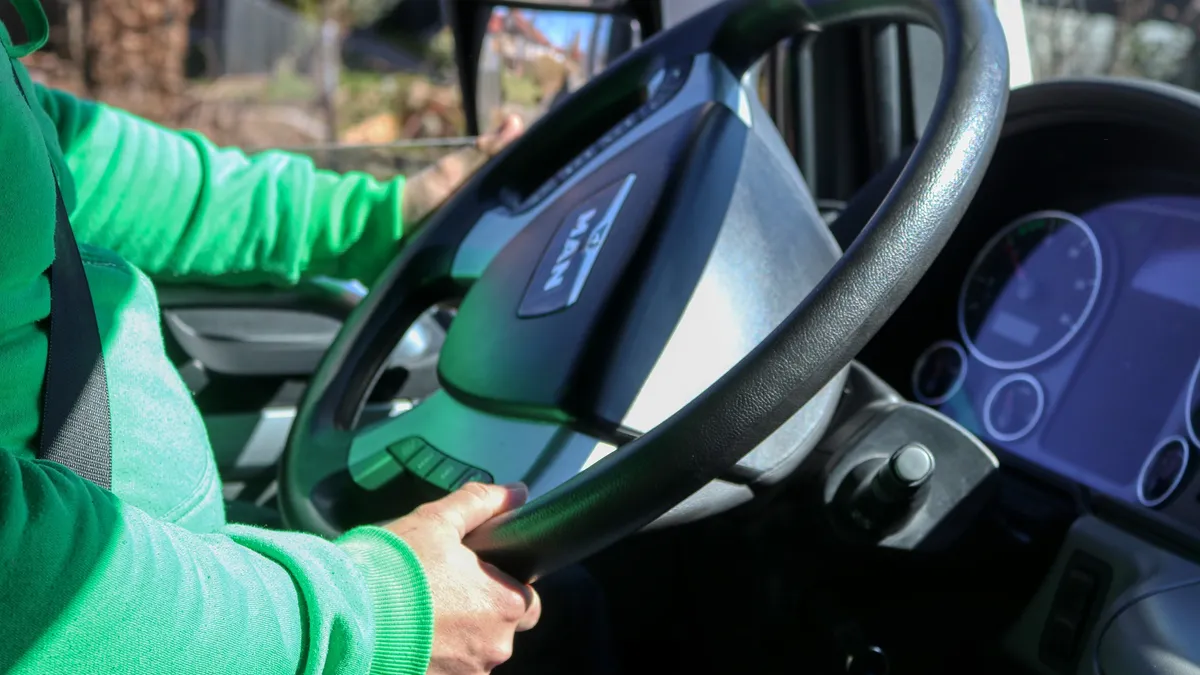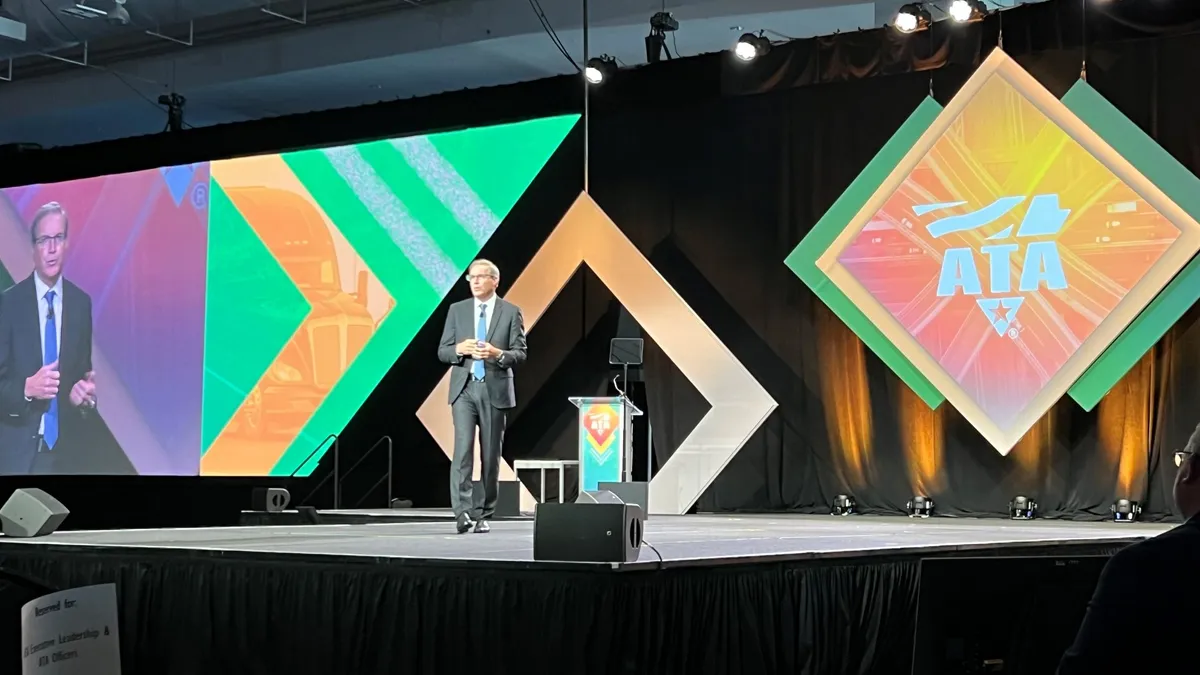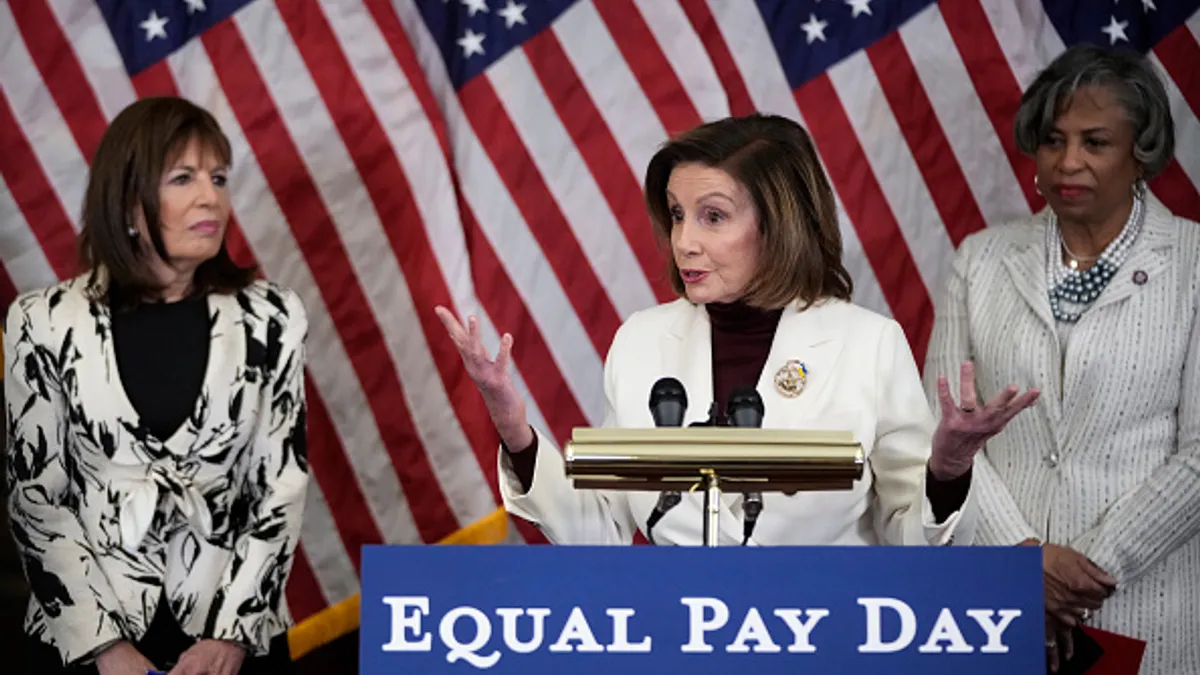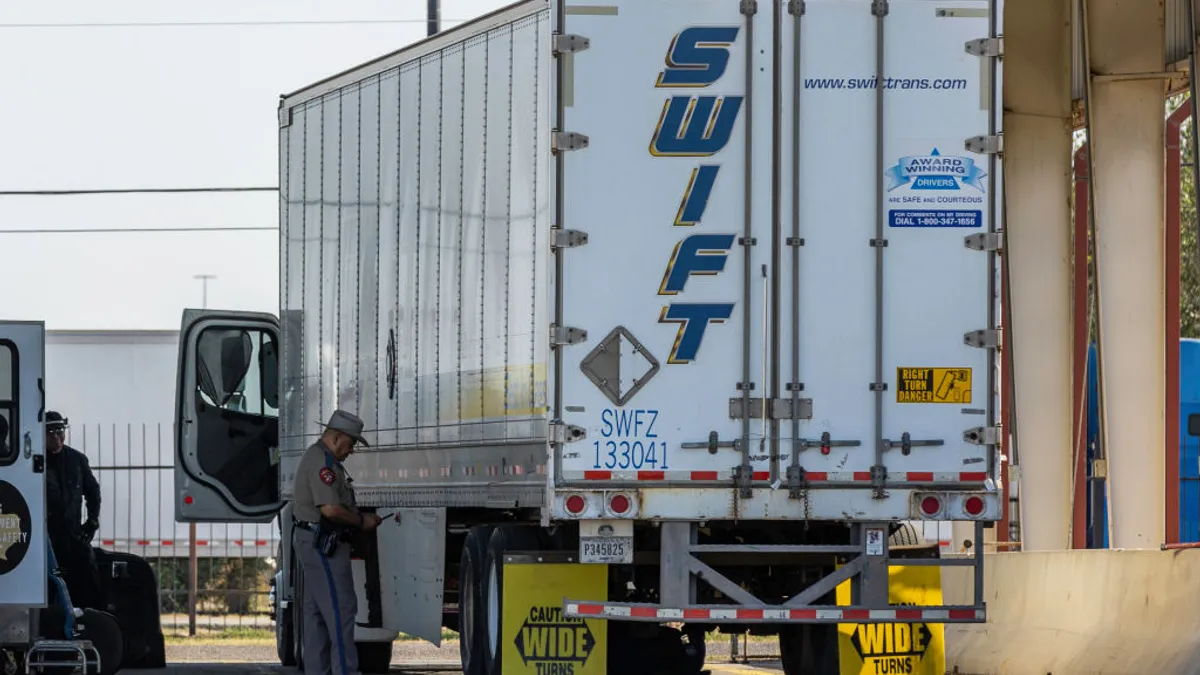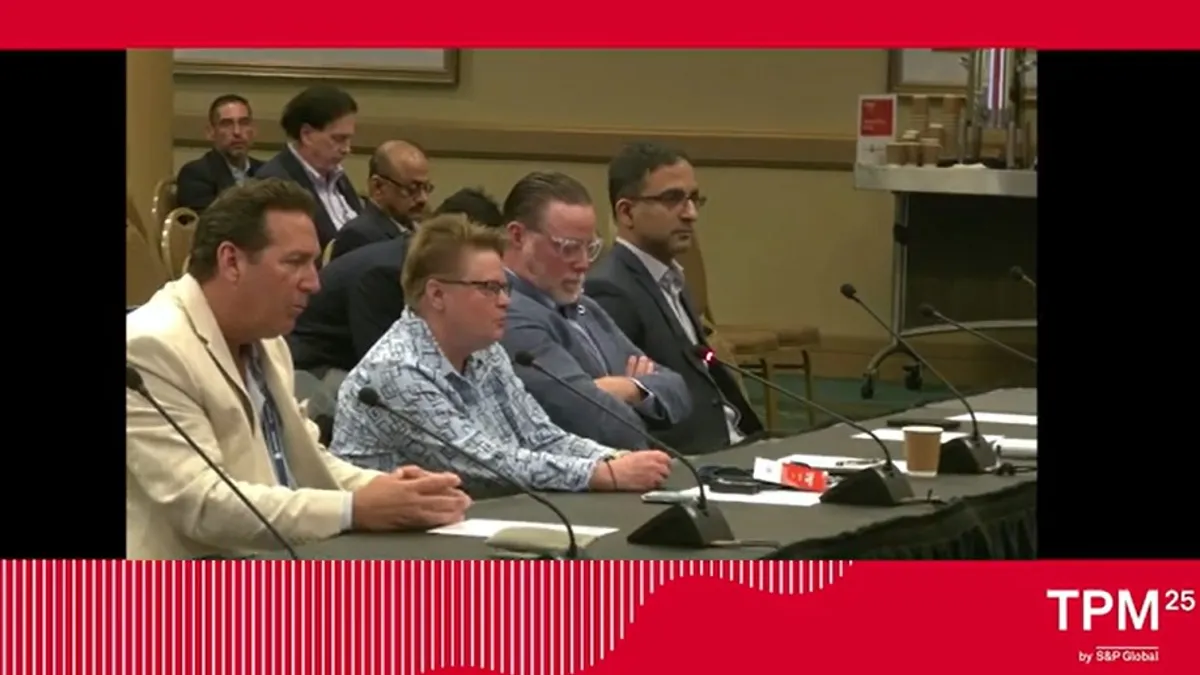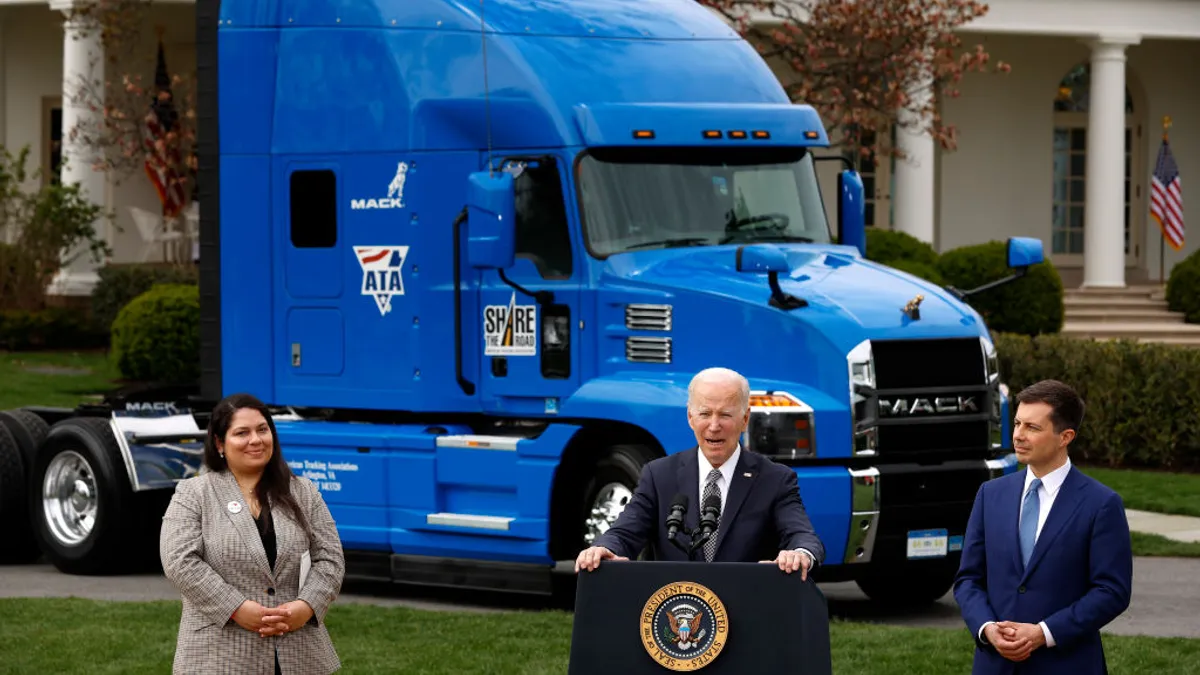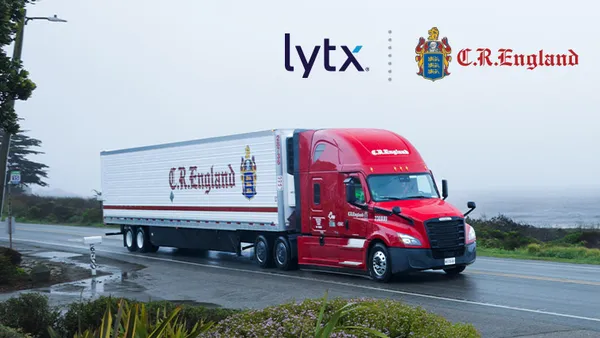Buzz buzz: New text message. Beep bop beep bop: Event reminder. Ding: Breaking news.
We're inundated with notifications, updates, reminders and alerts on our smartphones, particularly as the pandemic has made phone and internet our main ways of communicating through remote operations.
If we're fortunate enough to do our jobs from the comfort of home, the "bings" and "dings" are at best a source of important information and at worst a slightly annoying distraction.
But on the road, it's a different story. Drivers distracted by alerts and taking their eyes off the road for a split second present a serious danger to themselves and other motorists.
"Mobile device distraction is substantially higher than it was before we went into the pandemic lockdown," Truce Software CEO Joe Boyle told me. Trucking firms using the software set the policy around what types of apps drivers can use while the truck is in motion, and Truce automatically blocks alerts that are out of policy. As the pandemic has gone on, its software is blocking more apps and texts message even as drivers spend fewer miles on the road.

Safety is in the spotlight — and rightfully so. We're in the middle of two trucking-related safety events. The Commercial Vehicle Safety Alliance's (CVSA) Operation Safe Driver Week wrapped up July 18, and coming up on Aug. 23 is CVSA's Brake Safety Week. And, of course, the pandemic has raised safety concerns, especially for essential workers, such as truck drivers, and for trucking C-suites trying to reopen workplaces safely.
It's time to double down on safety, Kelly Nantel, VP of roadway safety at the National Safety Council (NSC), told me. "Safety doesn't take time off just because the country is in a pandemic or crisis," she said.
Safety experts pointed out alarming data points from the pandemic related to road safety overall, not just on the commercial side.
In April, miles driven dropped 40% year over year, but roadway deaths dropped just 18%, according to Nantel. In fact, the fatality rate increased by 36.5% (though she cautioned the data is early and not enough to indicate a trend).
Chris Turner, director of crash and data programs at CVSA, said we're pacing for a 1% increase in traffic fatalities over last year.
"Safety doesn't take time off just because the country is in a pandemic or crisis."

Kelly Nantel
VP of Roadway Safety, National Safety Council
So, why are our roads becoming less safe, despite fewer miles on the road?
A few possible reasons, the safety gurus told me:
- Mobile devices are at "the center of the universe," Boyle said. They were already pretty close to center before the pandemic began, but now phones and other communication tech are critical to stay in touch with drivers and keep them updated on safety, from the pandemic to protests. Boyle said he sees our mobile-centric world as a permanent shift, not just during the pandemic. "Everything that's happening for us is occurring on one screen," he said.
- Speeds are up. Turner said New York City traffic cameras are recording more red light running, as congestion fizzled and roads cleared up. Interstate speeds rose in famously gridlocked Los Angeles. Not only is excessive speeding dangerous, but it's the No. 1 violation truck drivers are stopped for, according to Turner. And that can slow a fleet's entire operation.
- Truck drivers may be exhausted. In the early months of the pandemic, some truck stops were closed, or partially closed, making it difficult to have a meal or a good night's rest. Some shipper facilities wouldn't even permit drivers to use the restrooms. Some drivers may be working longer hours, as HOS rules were relaxed, and exemptions run through mid August for transport of essential goods related to COVID-19. Nantel referred to the HOS relaxing as an "ill-advised decision" that has adverse impacts on driver safety.
Truck driver safety is a concern for obvious reasons — we don't want anyone getting hurt.
But there are extended side effects of on-the-road incidents. If a commercial vehicle is involved in a crash with a personal vehicle, the trucking firm could be held liable or face a lawsuit. Insurance costs may rise — even more so than they already have in recent years. If a crash results in infrastructure damage, "it's going to be you and a carrier company in some sort of a settlement and we're talking about big dollars," Turner said.
If a crash results from a truck driver unable to brake quickly enough, and an investigation reveals inspection reports noting brake problems, managers and the C-suite could face negligence charges — even manslaughter. "There are significant consequences to any company or company representative just for the failures in these chains," Turner told me.
Safety isn't just a driver concern or a maintenance concern. It's a transport industry concern.
Executives can do their part to keep pushing forwarding on safety technologies. Turner named lane departure technology and truck platooning as examples. And with cell phones, Boyle said, it's about striking the right balance: communicating real-time info to drivers while keeping them safe from distractions while driving.
"Your safety message could save many lives every year."

Chris Turner
Director of Crash and Data Programs, CVSA
But perhaps more important than technology is a safety culture that starts from the top down and permeates every department and employee of a trucking company.
Especially now, managers need to educate their employees and disseminate best practices to keep everyone safe in the COVID-19 pandemic, Nantel said.
Turner said fleet managers and safety directors should reaffirm safety culture with drivers, no matter how basic it may seem, from seatbelts to speed to drug and alcohol use. It doesn't have to be preachy or "super gung ho" every day, he said, but rather reminders to maintain integrity in safety culture and keep a safety mentality.
"Your safety message could save many lives every year," Turner said.
And safety must go from talk to action. Boyle suggested a framework of establishing and enforcing policy to drive change management. The leading firms are "companies that don't just talk about corporate social responsibility," Boyle said. "They live it."



